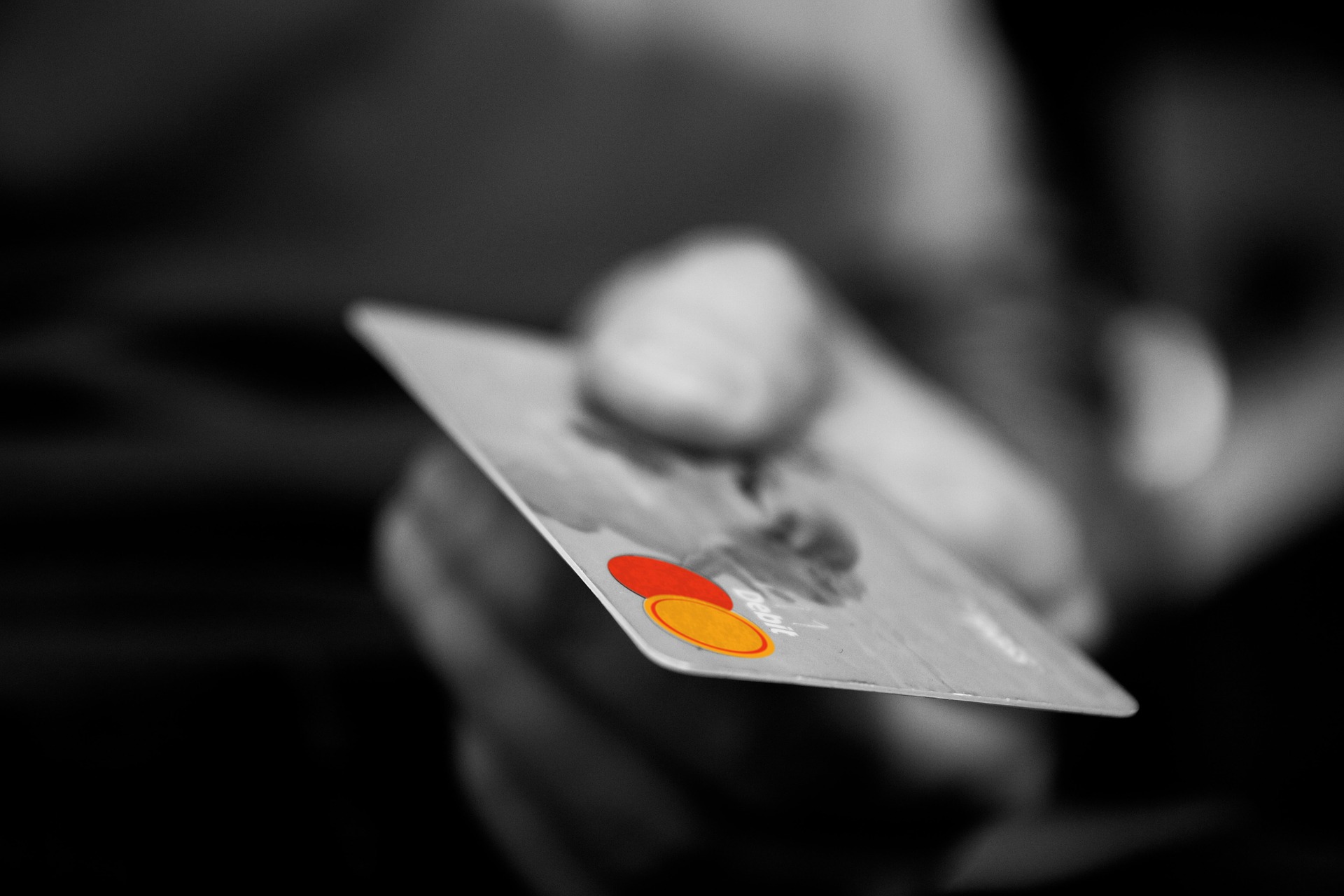
Conversion.
Usability and Ecommerce Conversion go hand in hand. Without great usability your website conversion rate will suck. Conversion is the process of converting a prospect into a customer. A conversion equals a sale.
When you first launch your website, it will not be firing on all cylinders. There is no way you’ll get it converting at the optimum visitor-to-sales conversion rate from the outset, until you analyze user data – and this can only be carried out once you actually have enough traffic to gather usable data. Only when you consistently get at least 50–100 people a day on our website will you have enough metrics to judge and get actual results. The more visitors per day, the more accurate the data will be.
However working on a website that is growing and not yet at its peak is not a problem. If you recall the ‘You Don’t Have To Get It Right, you Just Have to Get it going’ quote from earlier in the book, then you’ll realize there will always be room for improvement, and increases in your conversion rate. Analyzing user data is detailed in Element 15) ‘Analytics & Reports’.
‘Use these critical conversion tips on your website today and immediately boost profits… or use when you have enough user data!’
Marketing Costs vs. Conversion Increases.
Should you be spending money on marketing if your conversion rate is poor? You can and should, but then at least pause when you get enough data to analyze and refine, as mentioned above. In Step 1 (Traffic>Conversion>Relationships), we touched on the results attainable if you continue to refine your website over its life cycle. This can increase conversion rates from 1% to 4% overnight. Moreover, by doing so, if you sell one product per day at $100, then overnight after making subtle design and navigational changes you could be taking $400 without spending another cent on marketing.
Ecommerce websites characteristically have two main resistance points. This ultimately means visitors to your website will stay and buy your products, or they will leave faster than they arrived.
Resistance Point 1: The moment a prospect enters your website.
As you approximately have 5–7 seconds to capture your visitor’s attention, you need to get them interested in what you have to offer and make them stick to your website. They will either click to another page, buy your product or leave. If they leave on the page they enter on, this affects your visitor-to-sales conversion rate and bounce rate. Resistance Point One can come from any design or layout element: poor colors, images, text (headlines & descriptions), buttons (shape, color, and text), badly worded links, poor navigation, a design that’s too busy, price, etc. Remember, this is primarily a subconscious decision.
The average conversion rate on an ecommerce website is less than 1%. Less than one in every one hundred visitors to the average ecommerce site will leave without buying a product. Bounce Rate as we will discuss later in element 14) ‘Analytics’ section is the percentage of people that enter your website on a specific page, and leave from the same page without clicking to another page —they see only a single page before leaving.
Resistance Point 2: Any Step of Your Website Checkout Process.
A prospect has landed on your website, and they are interested in your products. They ‘add to cart’, and enter your checkout process. This is the next critical zone where prospects tend to bail out! Average dropped shopping cart percentages (also known as cart abandonment rates) are in the 80% plus range. This is when a would-be-customer leaves your cart checkout process and your website without buying. For every one hundred people entering the checkout process, only twenty or less on average will complete their order.
For every additional step (or page) you have in your checkout process, you potentially lose more and more would-be customers. We will address this in section 5), ‘ Checkout’. There may obviously be more areas of your website that create resistance to your prospects, but it is of critical importance to get these two points right.
Usability and converting traffic comes down to ‘Keep it Simple!’

